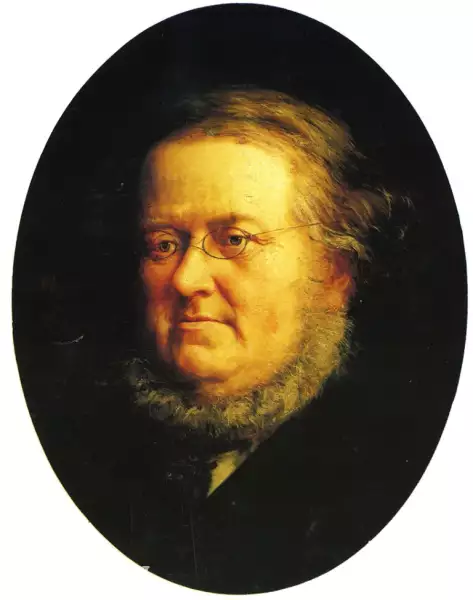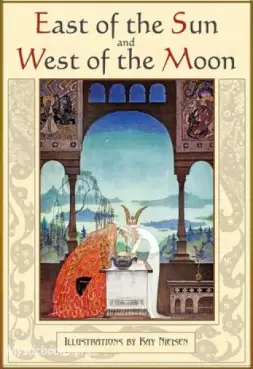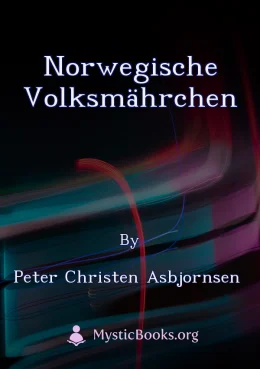
Timeline
Title
Country/Nationality
Peter Christen Asbjornsen
Peter Christen Asbjørnsen was a Norwegian writer and scholar. He and Jørgen Engebretsen Moe were collectors of Norwegian folklore. They were so closely united in their lives' work that their folk tale collections are commonly mentioned only as "Asbjørnsen and Moe".
Peter Christen Asbjørnsen was born in Christiania (now Oslo), Norway. He was descended from a family originating at Otta in the traditional district of Gudbrandsdal, which is believed to have come to an end with his death. He became a student at the University of Oslo in 1833, but as early as 1832, in his twentieth year, he had begun to collect and write down fairy tales and legends. He later walked on foot the length and breadth of Norway, adding to his stories.
Jørgen Moe, who was born in Ringerike, met Asbjørnsen first when he was fourteen years old, while they were both attending high school at Norderhov Rectory. The building is today the site of Ringerikes Museum, the local museum for the Ringerike region, and contains memorabilia from both Asbjørnsen and Moe. They developed a lifelong friendship. In 1834 Asbjørnsen discovered that Moe had started independently on a search for the relics of national folklore; the friends eagerly compared their results, and determined for the future to work in concert.
Asbjørnsen became by profession a zoologist, and with the aid of the University of Oslo made a series of investigative voyages along the coasts of Norway, particularly in the Hardangerfjord. He worked with two of the most famous marine biologists of their time: Michael Sars and his son Georg Ossian Sars. Moe, meanwhile, having left the University of Oslo in 1839, had devoted himself to the study of theology, and was making a living as a tutor in Christiania. In his holidays he wandered through the mountains, in the most remote districts, collecting stories. In these years he laid the foundation for the great literary its output.
In 1842–1843 the first installment of their work appeared, under the title of Norske Folkeeventyr (Norwegian Folk Tales), which was received at once all over Europe as a most valuable contribution to comparative mythology as well as literature. A second volume was published in 1844 and a new collection in 1871. Many of the Folkeeventyr were translated into English by George Dasent in 1859.
In 1845 Asbjørnsen also published, without help from Moe, a collection of Norwegian fairy tales (Huldre-Eventyr og Folkesagn). In 1856 Asbjørnsen called attention to the deforestation of Norway, and he induced the government to act on this issue. He was appointed forest-master, and was sent through Norway to examine in various countries of the north of Europe the methods observed for the preservation of timber. In 1876, he retired from these duties with a pension. In 1879 he sold his large collection of zoological specimens to the Natural History Museum (Ireland) for £300. This collection includes specimens of Brisinga endecacnemos, possibly collected during his biological survey of the Hardangerfjord in the 1850s. He was made a member of the Royal Norwegian Society of Sciences in Trondheim. He died in Christiania in 1885.
Books by Peter Christen Asbjornsen

East of the Sun and West of the Moon
Once on a time there was a poor husbandman who had so many children that he hadn’t much of either food or clothing to give them. Pretty children they all were, but the prettiest was the youngest daughter, who was so lovely there was no end to her lov...

Norwegische Volksmährchen
„Norwegische Volksmährchen“ von Peter Christen Asbjornsen ist eine Sammlung traditioneller norwegischer Volksmärchen. Die Geschichten entführen in die magische Welt Skandinaviens und erzählen von Trollen, die im Wald leben, Prinzen und Prinzessinnen,...